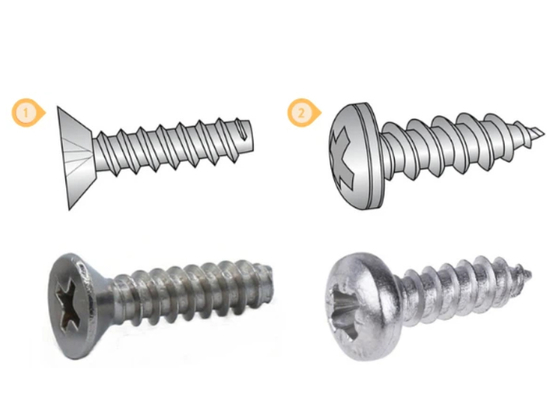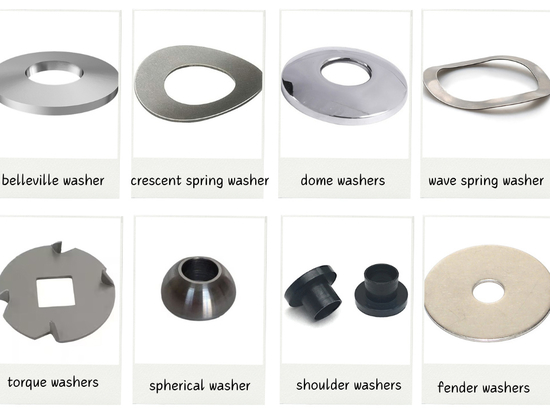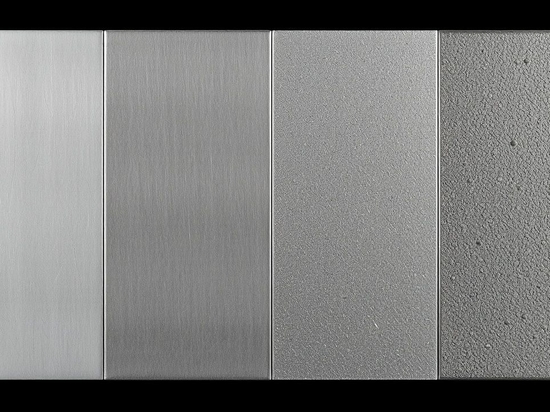
#Industry News
Surface Treatment Options in Manufacturing Industry
This article discusses various surface treatment options for hardware components used in the manufacturing industry. It highlights the importance of surface treatment for improving the durability, corrosion resistance, and appearance of hardware comp
Hardware components used in the manufacturing industry require adequate protection to ensure durability and resistance against corrosion. Surface treatment is an essential process that involves modifying the surface of the component to enhance its properties. There are several surface treatment options available, including plating, coating, and painting.
Plating involves coating the hardware component with a thin layer of metal to provide an additional layer of protection. Popular plating options include nickel, chrome, and zinc. These metals are durable and resistant to corrosion, making them ideal for hardware components used in harsh environments.
Coating involves applying a layer of protective material, such as epoxy or powder, on the surface of the hardware component. Coating provides a barrier against corrosion and other types of wear and tear.
Painting is another surface treatment option that can be used for hardware components. It involves applying a layer of paint on the surface of the component to enhance its appearance and provide additional protection. Painting is suitable for hardware components used in indoor environments, as it is not as durable as plating or coating.
Different materials can be subjected to surface treatment processes, including metals, plastics, and ceramics. Metals such as steel, aluminum, and copper are commonly used in hardware components and can be plated or coated to improve their properties. Plastics and ceramics can also be coated to provide additional protection.
In conclusion, surface treatment is an essential process for hardware components used in the manufacturing industry. It improves the durability, corrosion resistance, and appearance of the components, ensuring they remain functional for an extended period. Manufacturers should consider the different surface treatment options available and choose the best one for their specific needs.





